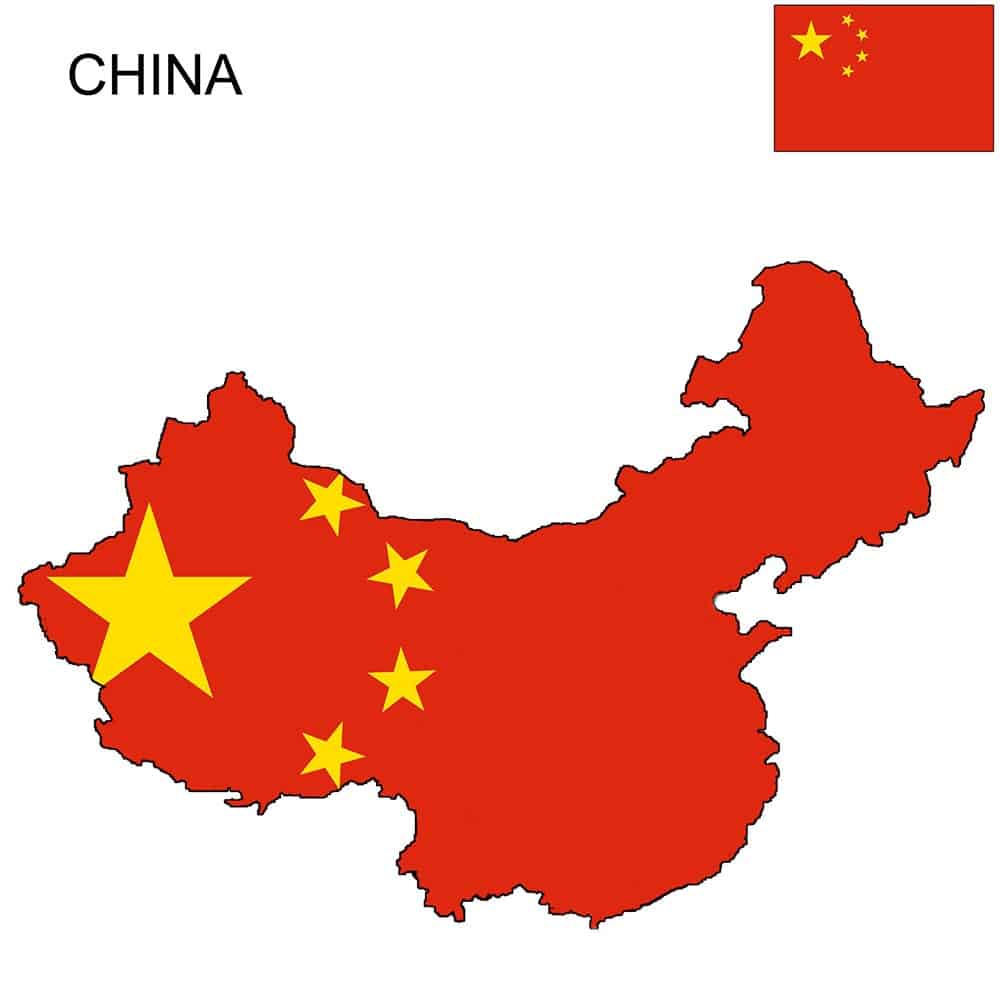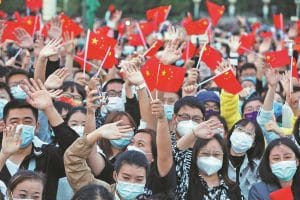Headlines
China Population, Official Language And More.

The Cultural Revolution (1966–1976) was a radical social and political movement launched by Mao Zedong to eliminate his rivals and revive his ideology. It caused widespread chaos, violence, and persecution in China.
The One Child Policy (1979–2015) was a population control measure that limited most couples to have only one child. It had significant social and economic impacts on China’s demographics, gender balance, and family structure.

China
The Population: China has the largest population of any country in the world, with about 1.41 billion people as of 2020. China’s population is unevenly distributed, with most people living in the eastern and coastal regions, and less in the western and inland areas. China’s population is also diverse, with 56 officially recognized ethnic groups, each with their own languages, cultures, and traditions.
The Landmark: China has many landmarks that reflect its long and rich history, culture, and natural beauty. Some of the most famous landmarks are the Great Wall, the Forbidden City, the Terracotta Army, the Temple of Heaven, the Potala Palace, the Mogao Caves, the Leshan Giant Buddha, the Yellow Mountains, the Li River, and the Zhangjiajie National Forest Park.
The Official Language: China’s official language is Mandarin Chinese, which is also known as Putonghua or Standard Chinese. It is based on the Beijing dialect and uses simplified Chinese characters for writing. Mandarin Chinese is spoken by about 70% of China’s population as their first or second language. However, there are also many other languages spoken in China, such as Cantonese, Hakka, Minnan, Mongolian, Tibetan, Uyghur, Zhuang, and others.
The Culture: China’s culture is one of the oldest and most influential in the world. It is shaped by various factors, such as geography, history, philosophy, religion, art, literature, music, cuisine, and customs. Some of the key elements of China’s culture are Confucianism, Taoism, Buddhism, calligraphy, painting, poetry, opera, martial arts, tea ceremony, and festivals.
The Economic Stability: China’s economic stability is a result of its rapid growth and development since the late 1970s. China has transformed from a poor and isolated country to a global power and a major trading partner for many countries. China has lifted hundreds of millions of people out of poverty and improved their living standards. China has also diversified its economy and increased its innovation and competitiveness. However, China also faces some challenges, such as environmental degradation, income inequality, debt, and trade tensions
The GDP: China’s GDP (gross domestic product) is the total value of goods and services produced in the country in a given year. China’s GDP in 2021 reached RMB 114.4 trillion (US$17.7 trillion), showing an increase of about RMB 13 trillion (US$3 trillion) compared to 2020, or 8.1 percent growth year-on-year. China’s GDP is the second-largest in the world, after the United States, and accounts for about 16 percent of the global GDP.
The Currency: China’s currency is the renminbi (RMB), which means “the people’s currency”. The basic unit of the RMB is the yuan, which is divided into 10 jiao and 100 fen. The RMB is issued by the People’s Bank of China, which controls its exchange rate and monetary policy. The RMB is also used as a reserve currency by some countries and as a payment currency in some international transactions.
The Food: China’s food is diverse, delicious, and influenced by its geography, climate, history, culture, and ethnic groups. China has eight major cuisines, which are Shandong, Sichuan, Guangdong, Fujian, Jiangsu, Zhejiang, Hunan, and Anhui. Each cuisine has its own characteristics, such as spicy, sweet, sour, salty, or fresh. Some of the most popular dishes in China are dumplings, noodles, rice, hot pot, Peking duck, dim sum, spring rolls, and kung pao chicken.
Major Cities: China has many major cities that are important for their economy, culture, history, and tourism. Some of the most populous and influential cities are Beijing (the capital), Shanghai (the largest city and financial center), Guangzhou (the largest city in southern China and a trade hub), Chongqing (the largest city in western China and a megacity), Chengdu (the capital of Sichuan province and a cultural center), Xi’an (the ancient capital of many dynasties and the home of the Terracotta Army), Nanjing (the former capital of six dynasties and a historical city), and Hong Kong (a special administrative region and a global city).
Major Airport, Sea Port, and Schools: China has many major airports, sea ports, and schools that facilitate its transportation, trade, and education. Some of the busiest airports are Beijing Capital International Airport, Shanghai Pudong International Airport, Guangzhou Baiyun International Airport, Chengdu Shuangliu International Airport, and Hong Kong International Airport. Some of the largest sea ports are Shanghai Port, Ningbo-Zhoushan Port, Shenzhen Port, Guangzhou Port, and Tianjin Port. Some of the most prestigious schools are Tsinghua University, Peking University, Fudan University, Zhejiang University, and Shanghai Jiao Tong University.





